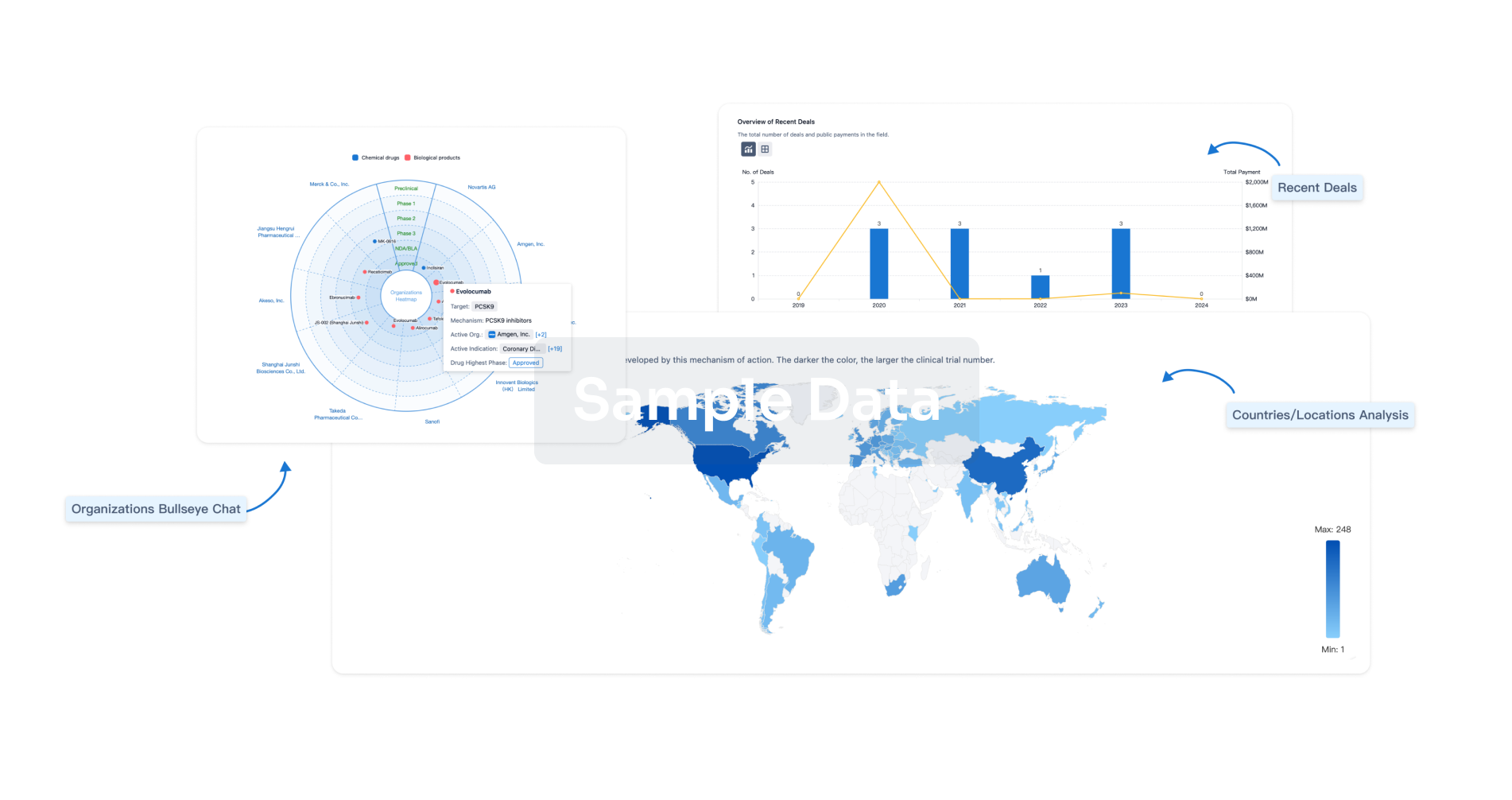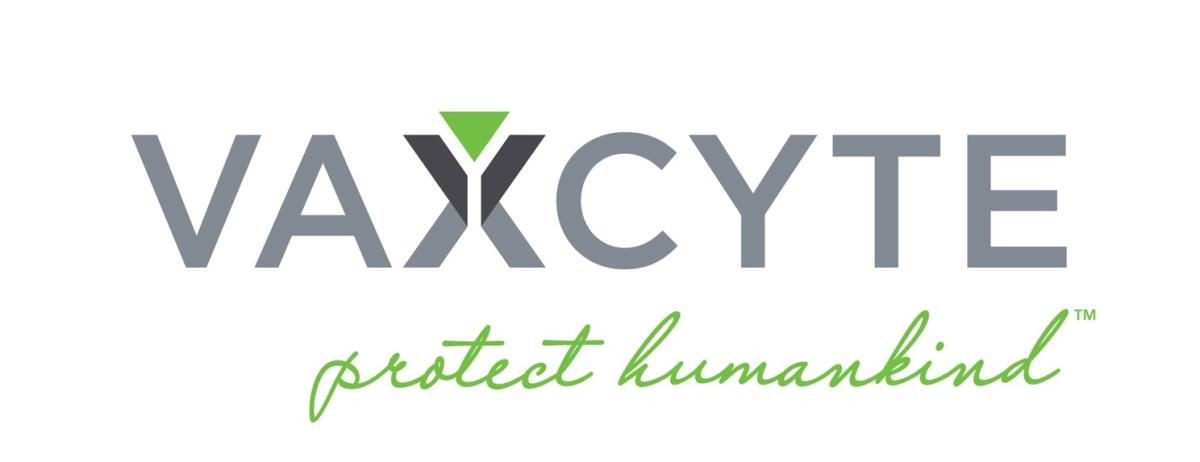Request Demo
Last update 08 May 2025
ScpA
Last update 08 May 2025
Basic Info
Synonyms- |
Introduction- |
Related
1
Drugs associated with ScpATarget |
Mechanism ScpA inhibitors [+1] |
Active Org.- |
Originator Org. |
Active Indication- |
Inactive Indication |
Drug Highest PhasePending |
First Approval Ctry. / Loc.- |
First Approval Date20 Jan 1800 |
100 Clinical Results associated with ScpA
Login to view more data
100 Translational Medicine associated with ScpA
Login to view more data
0 Patents (Medical) associated with ScpA
Login to view more data
168
Literatures (Medical) associated with ScpA01 Jul 2025·Metabolic Engineering
Engineering Halomonas bluephagenesis for pilot production of terpolymers containing 3-hydroxybutyrate, 4-hydroxybutyrate and 3-hydroxyvalerate from glucose
Article
Author: Yang, Shimao ; Jer, Ng Wuh ; Zheng, Shuang ; Hu, Qitiao ; Chen, Guo-Qiang ; Sun, Simian ; Zhang, Zhongnan ; Wu, Fuqing ; Wu, Qiong ; Xu, Geyuan ; He, Hongtao
15 Apr 2025·The Journal of Infectious Diseases
Serological Responses to Target Streptococcus pyogenes Vaccine Antigens in Patients With Proven Invasive β-Hemolytic Streptococcal Infections
Article
Author: Smith, Rosemary ; Fulurija, Alma ; Taggart, Michael ; Morici, Michael ; Levy, Avram ; Langworthy, Kristyn ; Hui, Siong ; Knight, Daniel R ; Raby, Edward ; Manning, Laurens
01 Feb 2025·International Journal of Pharmaceutics
An in-situ forming controlled release soft hydrogel-based C5a peptidase drug delivery system to treat psoriasis
Article
Author: Duarte, Francisco ; Tecza, Malgorzata ; McGourty, Kieran ; Patel, Pratikkumar ; Bhattacharjee, Promita ; Hudson, Sarah ; Gedi, Vinayakumar
Analysis
Perform a panoramic analysis of this field.
login
or

AI Agents Built for Biopharma Breakthroughs
Accelerate discovery. Empower decisions. Transform outcomes.
Get started for free today!
Accelerate Strategic R&D decision making with Synapse, PatSnap’s AI-powered Connected Innovation Intelligence Platform Built for Life Sciences Professionals.
Start your data trial now!
Synapse data is also accessible to external entities via APIs or data packages. Empower better decisions with the latest in pharmaceutical intelligence.
Bio
Bio Sequences Search & Analysis
Sign up for free
Chemical
Chemical Structures Search & Analysis
Sign up for free
